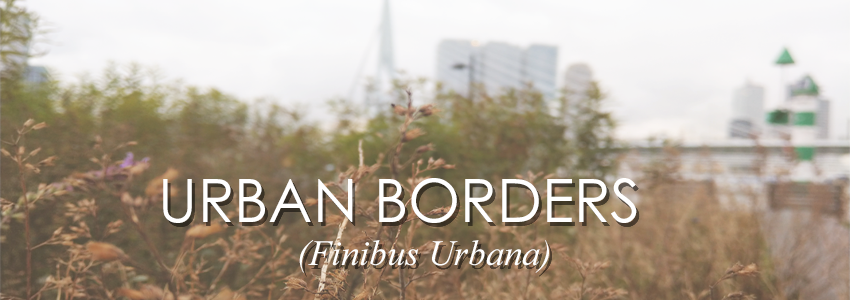project12:W3MSc1TUDG2:MEDIA
MSc1 TUD: G2
MEDIA STUDIES
- D2RP&O RESEARCH
- LECTURE 1: ENVIRONMENTAL INTERACTION
- LECTURE 2: 3D PRINTING WITH PLASTIC
- LECTURE 3: JELLE FERINGA
- W2 @ DIA
- W3 @ TUD
- PROJECTION AND FUTURE GOALS
1. D2RP&O RESEARCH
Before starting our research on design to robotic production, we did a general analysis of the context (Rotterdam river-side promenade/beach), looking into factors such as wind direction, climate, water tides, pre-existing infrastructure, surrounding urban layout, insects on the area and others.
We also began searching for different references of urban furniture, specially of examples that had a relationship to water and nature, in order to reinforce our concept of an object that could serve both humans and insects. We also looked up for references of materiality, hybridity and assembly, for all of these would inform the production method we would finally use. Additionally, we researched human anatomical factors and insects necessities to produce an object that conformed to them. Many of our sources and examples came from the lectures we attended and from projects from previous TU Delft students in the Hyperbody studio.
Once we had different parameters to inform our design, we began the macro form-finding process. Our first attempts were based on the use of lofted-human-adapted curves in Rhino. However, these were not successful in producing a three dimensional object. After receiving feedback from our tutors we decided to change our approach and decided to generate an object that adapted to the existing context like a landscape (our main reference for this was one of the Hyperbody studio previous projects, a pier/sitting area connecting the land with the water). We used vexels to define the scale and distribution of activities in each part of the object and afterwards we used the Rhino T-Splines add-on to replicate this volumetric distribution. To complement the resulting form, we also re-modelled the surroundings to create a seamless merging between the object and the context. The macro scale of this form was refined by using the human scale generating sitting and lying areas.
Consequently we selected an interesting extract of the object using a bounding box of 2x2x2 meters. Then we refined the slicing-out of this element by using the natural Isocurves on the surface as guidelines to cut it out so that it was coherent with the seamless shape of the general object.
Afterwards we applied grasshopper scripts on the extracted element to develop the micro scale of porosity. The distribution and scale of porosity was based upon attractor points according to the mapping of activities (both for insects and humans) and to the compression and tension strength lines.
Finally, we researched on different methods of both production and assembly, both for the prototype and for the materialisation of the 1:1 object as a whole. We found several interesting examples and references but due to the time limits of the workshop, we assembled the first 1:20 3D printed prototype in a 3 parts ensemble connected by basic positive-negative cylinders.
==2. LECTURE 1: ENVIRONMENTAL INTERACTION==
